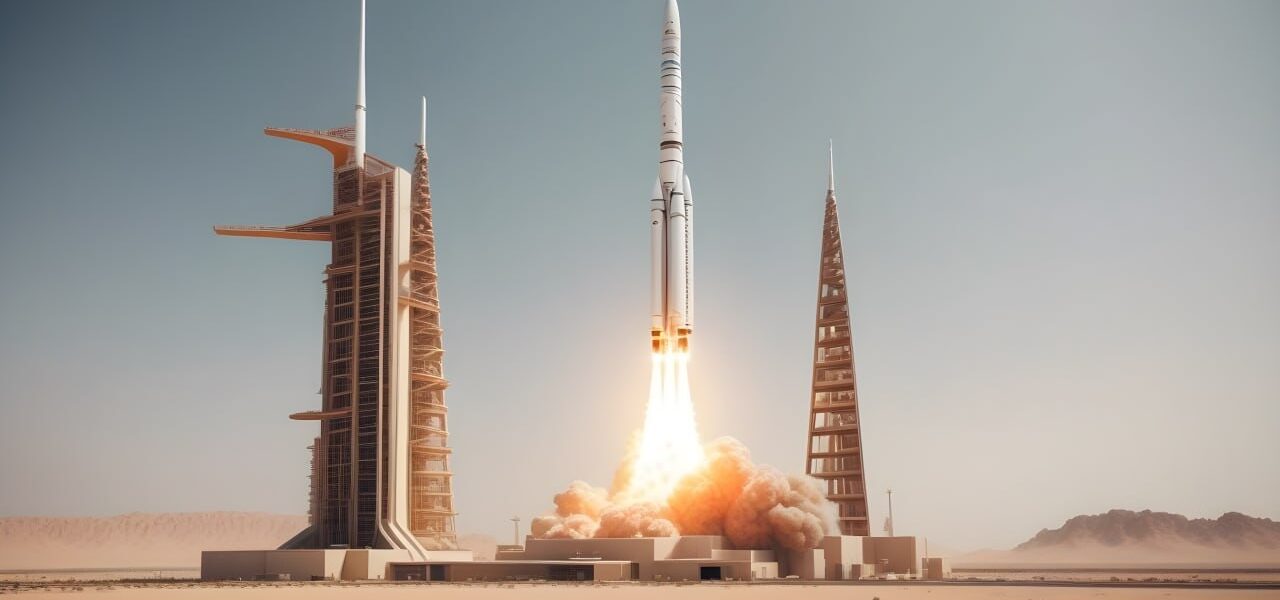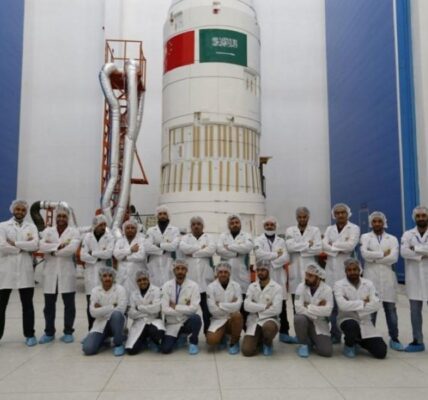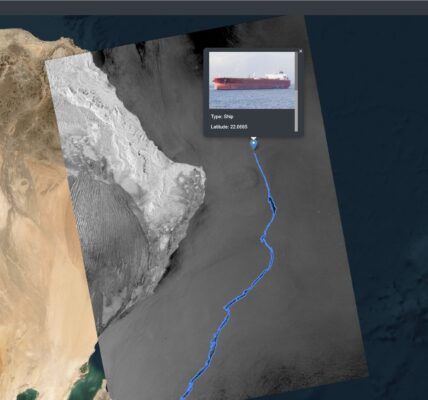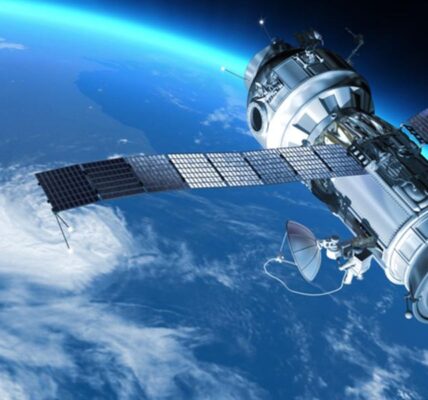
In the ever-expanding realm of space exploration and satellite deployment, the strategic placement of space launch facilities becomes a crucial consideration. Saudi Arabia, with its economic prowess and ambitious vision for the future, faces both challenges and unique opportunities in establishing a robust space launch infrastructure.
- Latitude Limitations: A significant challenge lies in Saudi Arabia’s geographical positioning, particularly its southernmost point in Jazan at approximately 17 degrees latitude. This geographic reality poses a challenge for missions requiring equatorial orbits, such as many communication satellites. The need for a plane change maneuver adds complexity and energy requirements to launches. While not unique to Saudi Arabia, it prompts exploration into alternative solutions.
- Overflight Concerns: Launching rockets involves not only ascending into space but also considering the trajectory of spent stages upon descent. The conventional eastward launch from the Arabian Peninsula raises potential concerns over countries like Yemen, Oman, UAE, Iran, Pakistan, and India. This not only poses technical hurdles but also introduces geopolitical considerations that demand careful navigation.
In considering the challenges, Saudi Arabia has intriguing opportunities on the horizon:
Option 1: The Sea Launch Paradigm As the space exploration landscape evolves, the future may favor sea launches. Floating platforms strategically positioned on the equator leverage the Earth’s maximum rotational velocity, providing flexibility and efficient access to equatorial low Earth orbit (LEO). Saudi Arabia, with its extensive coastlines and maritime expertise, could explore the development or investment in equatorial sea launch platforms. This move could position the nation at the forefront of a transformative sector in space exploration, addressing inherent challenges while ensuring safety and adaptability.
Benefits of sea launches include reduced overflight challenges, as falling rocket stages pose minimal risk over open oceans. The mobile nature of these platforms allows for relocation based on geopolitical, environmental, or strategic needs, adding a layer of flexibility and adaptability to Saudi Arabia’s space endeavors.
You can also check these two projects: the North Sea spaceport plan and the sea launch by China
Option 2: Collaborative Initiatives with Oman, a neighboring country, is making significant strides in space exploration. The construction of the Middle East’s first space rocket launch facility, the Etlaq Space Launch Complex in Duqm, is underway. This ambitious project aims to attract commercial, professional, and educational rocket users, with private space giants like Virgin Galactic and Blue Origin expressing interest in building spaceports in the region. Oman’s space program, with potential for orbital launches, can complement Saudi Arabia’s efforts and contribute to advancing the region’s presence in space exploration.
One of the recent news about the project is that the National Aerospace Services Company (NASCOM), the Sultanate of Oman’s premier aerospace company, has awarded the UK Launch Service Limited the first major contract to deliver the plan for Etlaq Spaceport.
As Saudi Arabia contemplates its role in the space exploration arena, addressing challenges and capitalizing on emerging opportunities will be pivotal. The potential embrace of sea launch platforms and collaboration with neighboring nations like Oman opens new avenues for the Kingdom to carve its niche in the cosmos, fostering innovation and contributing to the collective progress of the space exploration community.




